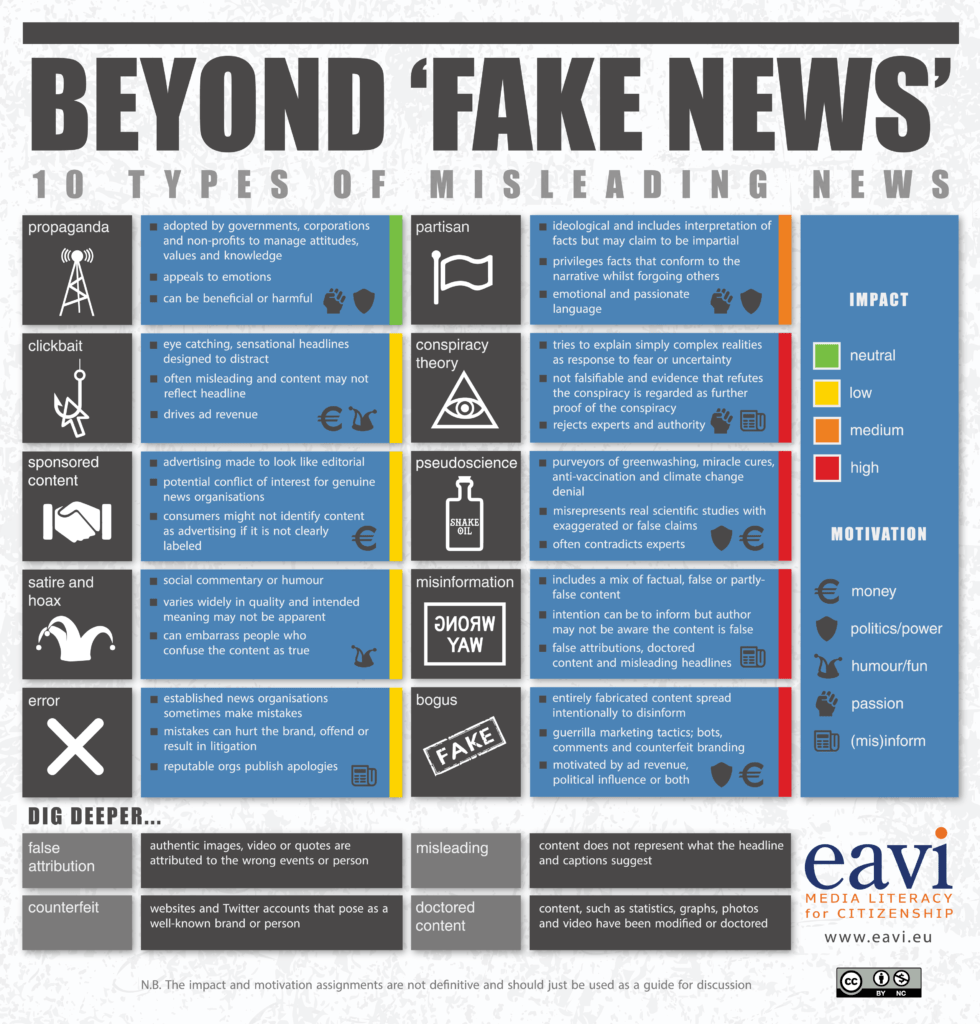
Introduction
- Why AI content is booming—GPT-n, generative visuals, deepfakes.
- Opportunities: creative assistance, efficiencies.
- Risks: disinformation, fraud, erosion of trust.
- Purpose of article: Practical insights for readers.
1. What Counts as “AI‑Generated Content”?
- Definitions: Text (ChatGPT), Images (DALL·E, Midjourney), Audio (Clones), Video (Deepfakes).

- Real‑world examples: AI news articles, deepfake politicians.
- How detection tools attempt to flag them.
2. How It’s Made: The Tech Behind the Curtain
- Neural networks and training data.
- Transformers for text; GANs for image/video.
- Prompt engineering—how users control the output.
- Voice and video synthesis pipelines.

3. Real Use Cases: The “Good” AI
- Journalism: AI drafts, fact-checking assistants.
- Marketing: personalized content at scale.
- Education: tutoring and accessibility tools.
- Film and arts: digital enhancements and stylistic experiments.

4. The Trouble with “Fake”: Risks & Real‑World Harms
- Misinformation and election interference.
- Reputation damage from AI-generated fake videos/audio.
- Legal and privacy issues—without consent, misrepresentation.

5. Spotting the Fakes: Tools & Tactics
- Technical indicators: artifact detection, metadata inconsistencies.
- Popular tools: Deepware, Sensity AI, GPT detectors.
- Human strategies: reverse image search, source validation.
- Image placement #5: UI screens of an AI-detection tool.
- Checklist for readers.
6. The Arms Race: Generators vs. Detectors
- Ongoing technological tug-of-war.
- Limitations like adversarial examples and “watermarking.”
- How ethics and regulation may shift the balance.
7. What You Can Do: Guidelines for Readers & Publishers
- For individuals: ask questions, be suspicious, use tools.
- For journalists: signal transparency, disclose when AI is used.
- Platform policies: watermarking, verification, labelling.
- Call to action: support literacy and responsible AI.
8. Future Outlook & Conclusion
- Emerging trends: audio synthesis, VR/AR fakes, AI watermarking.
- The future of truth in media.
- Re-emphasis: vigilance, tools, ethical use.


✅ Sample Section: “Spotting the Fakes”
Here’s a fleshed-out snippet (~200 words):
How to Detect AI‑Generated Text or Images in 4 Steps
- Analyze the Metadata
Check file metadata—AI tools often strip or tag with generative signatures.- Look for Artifacts/Anomalies
In images: odd shadows, mismatched fingers, weird teeth. In text: overly uniform tone, repetition, or logical quirks.- Reverse Search It
Use Google Images or TinEye on suspicious photos; use AI-detection tools like GPTZero or OpenAI’s classifier for text.- Check the Source
Trust content from verified or transparent publishers. If unsure, reach out and request originals or citations.
Tool Box:
- Sensity AI: flags deepfakes in video.
- Deepfake-o-meter: browser extension that warns you when on known AI-generated sites.
- Hugging Face GPT Detector: estimates if text was AI‑written.

